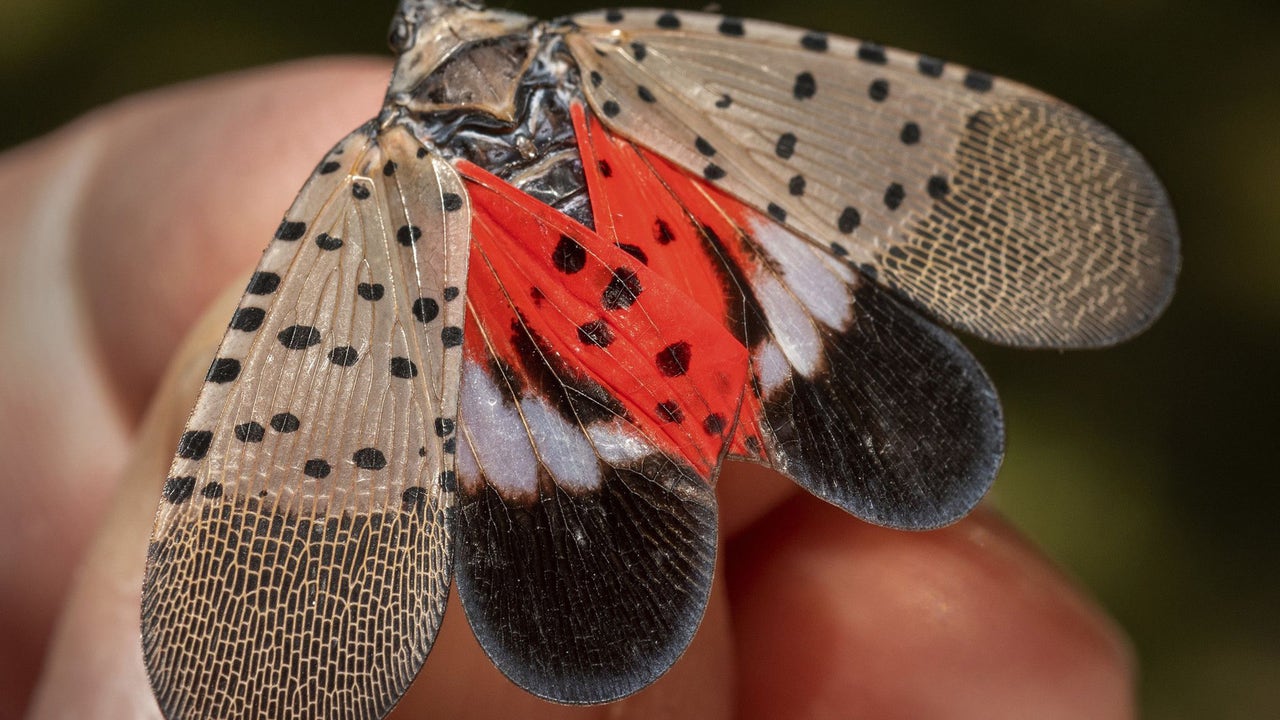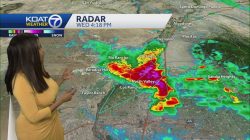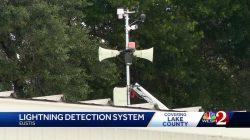Increased Presence of Spotted Lantern Flies in the Region
Residents in the DMV area have noticed a significant increase in the number of spotted lantern flies this year, according to an expert. The rise in their population has sparked concern among locals and environmentalists alike. While the situation may seem alarming, there are reasons behind the surge, as well as potential signs that the issue might not last forever.
Understanding the Spotted Lantern Fly
The spotted lantern fly is an invasive species originally from Asia. It was first detected in Berks County, Pennsylvania, in 2014 and made its way into Maryland in 2018. Since then, it has spread to more than a dozen states across the country. Despite being a non-native species, these insects do not bite or sting, and they generally do not cause direct harm to residential plants or gardens. However, their presence is becoming increasingly noticeable, with many people reporting sightings in their yards and neighborhoods.
Why Are They More Prevalent This Year?
According to Michael Raupp, known as the “Bug Guy” at the University of Maryland, there are three primary reasons for the increased numbers of spotted lantern flies in the region this year. First, the species has become more widespread than it was in previous years. As they continue to expand their range, they are now found in areas where they were previously absent.
Second, when these insects arrive in a new location, they often go unnoticed until their populations grow significantly. This is because the young nymphs are small and difficult to spot. As they mature, they become larger and more visible, making it easier for people to recognize their presence.
Third, the life cycle of the spotted lantern fly plays a role in their visibility. After hatching, the insects start off as tiny, inconspicuous creatures. Over time, they grow in size, which makes them more noticeable to the human eye. This natural progression contributes to the perception that their numbers are increasing, even if the actual growth is gradual.
What’s Next for the Spotted Lantern Fly Population?
While the current surge in spotted lantern flies may be concerning, experts believe that nature may eventually help manage their numbers. Raupp mentioned that similar situations have occurred with other invasive species in the past. For example, the brown marmorated stink bug caused widespread problems around 2005, but over time, natural predators and environmental factors helped reduce their impact.
Raupp refers to these natural controls as “Mother Nature’s hit squad.” He explained that as invasive species establish themselves in a new environment, their populations tend to rise initially. However, over time, the balance of the ecosystem can shift, leading to a decline in their numbers. This process may take several years, but it offers hope that the spotted lantern fly issue will not persist indefinitely.
Long-Term Outlook
The key question remains: how long will the spotted lantern fly population remain high in the region? While there is no definitive answer, scientists and researchers are closely monitoring the situation. Efforts to control the spread of these insects include public awareness campaigns, targeted removal programs, and ongoing studies into their behavior and impact on local ecosystems.
For now, residents are advised to report any sightings of spotted lantern flies and to avoid disturbing them, as they can be harmful if handled improperly. With continued research and natural ecological processes, there is a possibility that the problem will eventually subside, bringing relief to those who have grown tired of seeing these insects everywhere.







